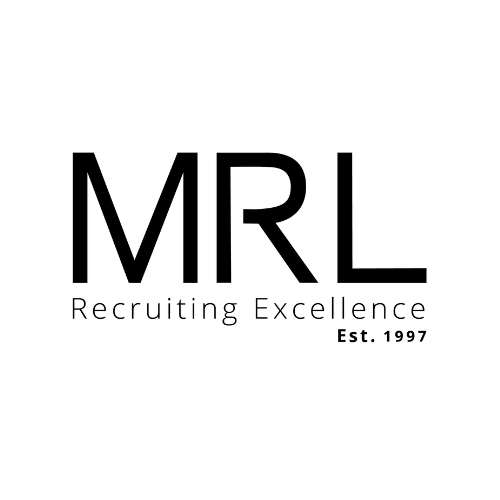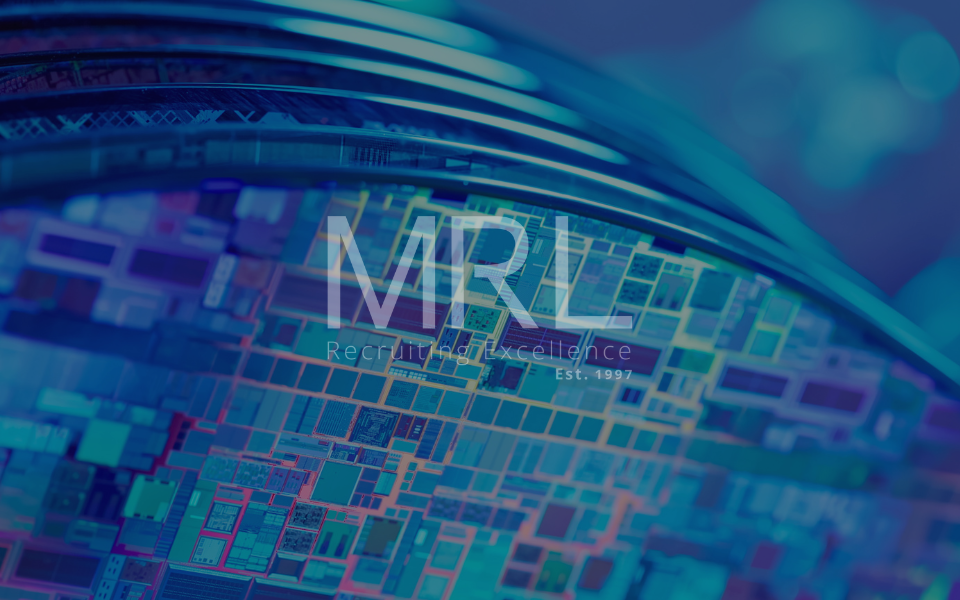Will worldwide semiconductor sales slow in 2022?
02 Feb, 20225 minutesThe last two years have been both incredibly frustrating and exciting as a pandemic and chip...

The last two years have been both incredibly frustrating and exciting as a pandemic and chip shortage struck fear into our hearts, yet 2021 finished with the incredible news of a potential CHIPS act both in the US and Europe.
A look at worldwide semiconductor sales in 2021
From supply chain issues and material shortages to adverse weather and a global pandemic; the odds were stacked against the semiconductor industry in 2021. Despite this, the industry saw a 25% increase in worldwide semiconductor sales in 2021 as demand for products continued to boom.
Whilst a 25% increase may not seem record breaking for an industry that's been established for over 50 years, consider the worldwide semiconductor growth from previous years:
-
2018 - 13% increase in sales growth
-
2019 - 12% drop in sales growth
-
2020 - 11% increase in sales growth
2021 marks the best growth since 2018. Amidst a pandemic and global chip shortage, that’s more than impressive.
What’s in store for worldwide semiconductor sales in 2022?
This article started with the question of whether worldwide semiconductor sales will slow this year. And looking at trends not only from last year but since 2018 compared to forecasts, the answer is both yes and no. The industry is expected to see extremely strong growth in 2022, although not at the same levels as in 2021.
It’s been forecasted that sales will increase by 11%, reaching a record-high $680.6 billion. Additionally, a report anticipates that throughout 2022, over 1.3 trillion semiconductor devices will be shipped.
What does this mean for semiconductor companies?
Expected growth will not only give companies more confidence when it comes to investing in more talent and expanding their teams, but it may also influence whether the Acts we mentioned above, including the FABs Act, will be approved.
Many industries have been reliant on chips for years, but end-users have historically had little-to-no knowledge of the time and effort being put into creating them. Now, it feels like the semiconductor industry is finally getting the recognition it deserves, as it’s overcome numerous challenges through 2020 and 2021 yet still provided tremendous output.
The challenges ahead for the semiconductor industry
While expected growth is fantastic, the semiconductor shortage is far from over, with some predicting that the sector will continue to struggle to keep up with demand until at least 2023.
In addition to the unbalanced demand-delivery ratio, the semiconductor industry must battle against another shortage, one of skills. Not only are businesses struggling to find emerging talent or graduates in relevant fields at the rate the industry needs, they must also source higher-level talent that understands the implications of automation, deep learning and other new technologies. The war for talent will likely continue into next year and beyond.
While not a certainty, semiconductor businesses should also prepare for the further potential disruption caused by COVID-19. If another variant establishes itself, cases rise, or more lockdowns are introduced, there would be a considerable consequence for chip manufacture.
All in all, the semiconductor industry looks set for another exhilarating year.
MRL has been operating within the semiconductor recruitment market for over twenty years, connecting highly talented candidates to vacancies worldwide.



